Terry Marsh offers his essential guide to Madeira. An island he knows better than his home town.
Often cited as a destination for Saga louts, or a welcome port in many a cruise ship’s storm, Madeira has come in for some unfair criticism over the years for, it is claimed, favouring the more mature rather than the 18-30 brigade and families. Here is my personal guide to Madeira, a very special drop in the ocean.
Churchill thought it was wonderful, and visited many times, and maybe that invited the original sin from the elder generations. But the fact remains that until quite recently Madeira didn’t have any of those welcoming gold-sand beaches favoured by parents with young children – nearby Porto Santo, yes; but not Madeira. Not, at least, until some of the surplus sandier bits of Morocco were shipped over to Calheta and Machico to address that particular problem.
As for the 18-30s, it’s true, there isn’t much of a scene; night clubs are few and the opportunity to binge in any format is limited. So, I have to concede that Madeira is for the less excitable; anyone who enjoys a good pottering type of holiday, or – and here’s the ‘Wow’ factor – anyone delighted by flowers, rugged landscapes, wildlife, walking, eating and a little self-indulgent pampering. But that doesn’t exclude younger people and families, as I happily noticed on a number of recent visits, the most recent some fifteen years after my first.
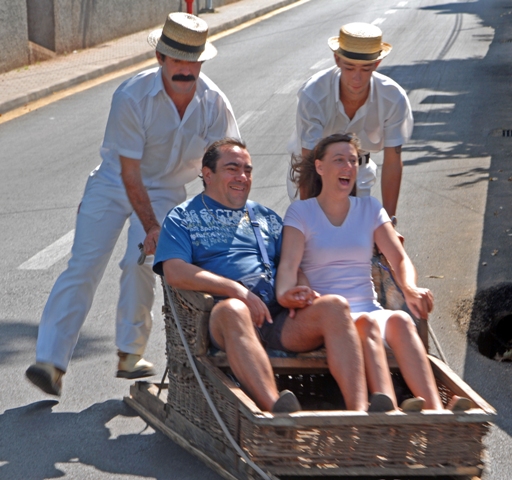
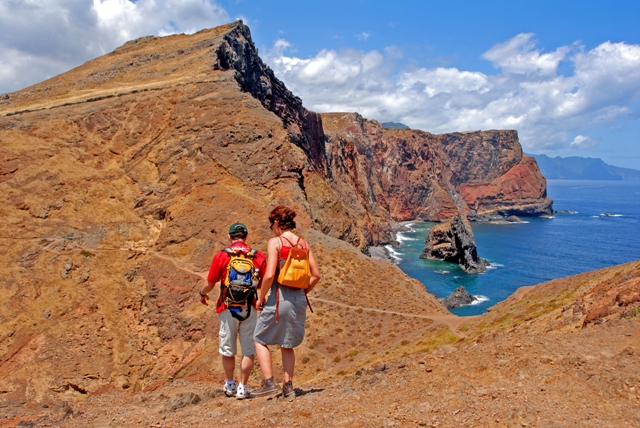
Although lovely, peaceful Machico was once the island’s capital, that distinction today goes to Funchal, a huge amphitheatrical bowl scooped out of the hillside below Pico do Arieiro in which every available square metre of ground has someone or something living on it.
The first time I saw Funchal, I thought: ‘One day, that lot’s going to end up in the sea’. Little did I realise at the time that bits still do, as they did in February 2010, causing devastating damage. Now, I realise that is not what might be regarded as a heartening endorsement, but it’s not something anyone needs to worry over unduly, if at all. The fact is, Madeira is a volcanic island (no longer volcanically active), at least 1,000 miles from anywhere,
in the middle of an ocean, and prone to everything the weather throws at it. And yet, overall, Madeira is blessed with a favourable climate and seems to bloom whatever the time of year. For three years I organised a walking festival in Madeira, in January, and the weather never let us down – what a great place to visit in the depths of a northern winter.

Given this mild climate, Madeira is in essence one rather large floating garden with a species list more appropriate to tropical rain forests. At every turn in the road – and there are hundreds of those – you are greeted by flowers from Asia, Africa, Australasia and the Americas, that put on an unforgettable and endless display. Throw in a stunning, convoluted landscape of wild mountains, high altitude barren plateaux, deeply cleft ravines and dramatic sea cliffs, and the product is an island that is irresistibly beautiful whatever the season.
Roughly on the same latitude as Bermuda, Madeira is Portuguese in character and architectural design, and contemporary Funchal a buzzing city whether the cruise ships are in or not. Museums, restaurants, shops, bars, parks, gardens and historic buildings provide welcome diversion from lazing on the hotel terrace sipping malvasia.
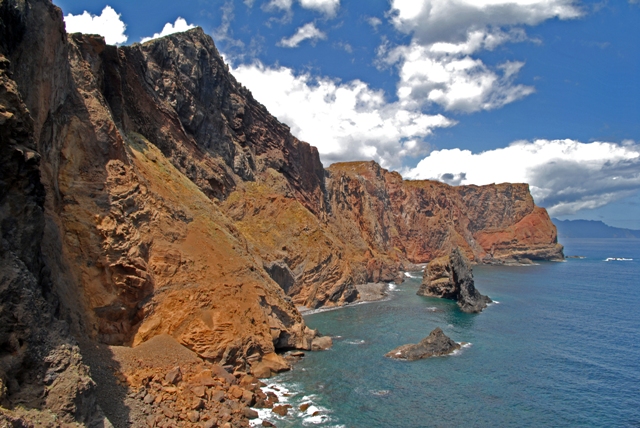
Around Machico, eastern Madeira is quite built up, although the glorious, rocky peninsula of Ponta de São Lourenço boasts the island’s only natural sandy beach. In the west, by contrast, Ribeira Brava, backed by lush banana plantations, is the only place resembling a resort along the otherwise virgin western coast, although a blossoming surf culture looks set to do much for Jardim do Mar and Paúl do Mar, as does the beach resort at Calheta. North-west Madeira is fabulously wild and rugged with dramatic hillsides fashioned by waterfalls.
Here the main centres are São Vicente and Porto Moniz, which has inviting natural sea pools. Santana in the north-east is renowned for its iconic triangular houses and the tiny village of Porto da Cruz, where a rum distillery is set beneath the towering cliffs of Eagle Rock.

What brings many visitors on this guide to Madeira, however, are the levadas. The rain in Spain, they say, falls mainly on the plain, but in Madeira it falls on the north of the island, and therein lies a problem. Most of the sunshine and the potentially fertile land lies in the south, so the question was how to get the abundant water of the north to where it was needed most?
The solution was an ingenious network of mini-canals, called ‘levadas’ (from the Portuguese word, ‘levar’, to carry). Today, the levadas spread their watery tentacles across a staggering 1,335 miles of Madeiran countryside, and beside each, in some form or other, is a service path, perfect for walkers, and now an important part of the island’s economy.
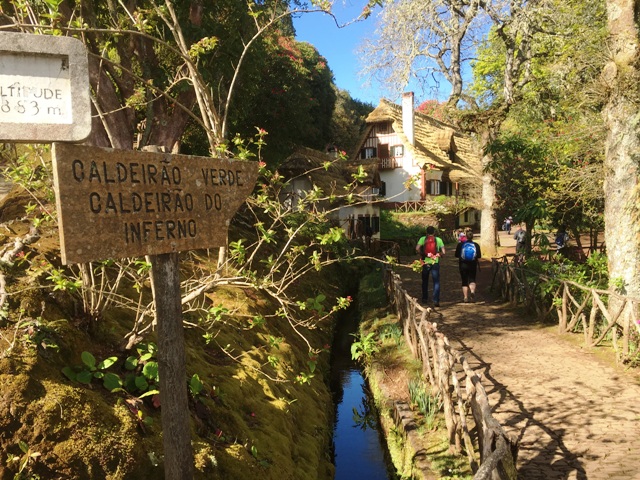
For visitors who want a personal guide to Madeira without too much effort, there are numerous tour companies that collect you from your hotel, and bring you back in time for a pre-dinner aperitif. But there is much to be said for asking your hotel to find you a taxi driver who speaks your language, and ask him (or her) to give you an island tour. Personally, I think you get better individual attention this way, and learn so much more, not least because you are more relaxed about asking questions, or stopping to take pictures. You can get a taxi in this way for €100–€120 for a full day.
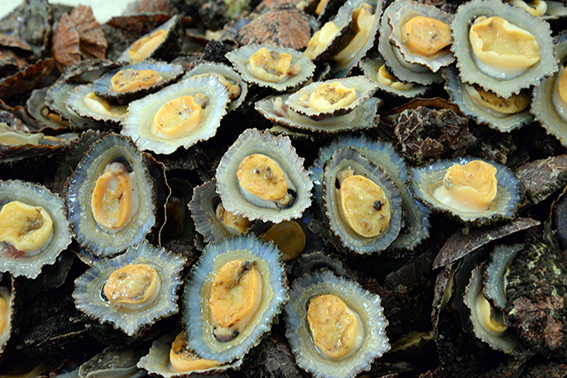
Madeira’s cuisine makes the most of what is readily available: seafood, fruit and vegetables. Yet even with this limited palette, the island’s chefs are more than adept at culinary improvisation and innovation; indeed, the island now boasts a Michelin-starred restaurant to sit alongside the many less exalted eateries, from fine dining to (not quite) a pie and a pint. In the main, the island’s cuisine follows long-established traditions, but there is a steady move to modern interpretations of those traditions and to pan-European and Asian. It all makes for exciting gastronomic experiences to sit alongside the rest of your joy.
Somewhere to stay on Madeira
Try the Quintinha São João Rua da Levada de São João 4, 9000-191 Funchal, PT. Tel: +351 291 740 920; email: hello@quintinhasaojoao.com; , or any of the excellent quintas embraced under the umbrella of Charming Hotels
Somewhere to eat on Madeira
There is no shortage of restaurants in Madeira. The majority will be found in the Old Town (Zone Velha), but they really are scattered across the whole island. The Michelin-starred restaurant is the Il Gallo d’Oro, Cliff Bay Hotel, Estrada Monumental 147, 9004-532 Funchal. Tel: +351 291 707 700; E: info@cliffbay.com;
Tell me more about this Guide to Madeira
The main tourist information desk is at Avenida Arriaga No. 16, 9004-519 Funchal Tel: +351 291 211 902; www.visitmadeira.pt, although there are others at Santana, Porto Moniz, Riberia Brava, the Monumental Lido area and at Curral das Freiras.
Monarch operates flights to Funchal from Gatwick; TAP, the Portuguese airline have direct flights from Gatwick; easyJet fly from Manchester, Bristol, Edinburgh and Gatwick.
.
All images (c) Terry Marsh except for Levada walkers

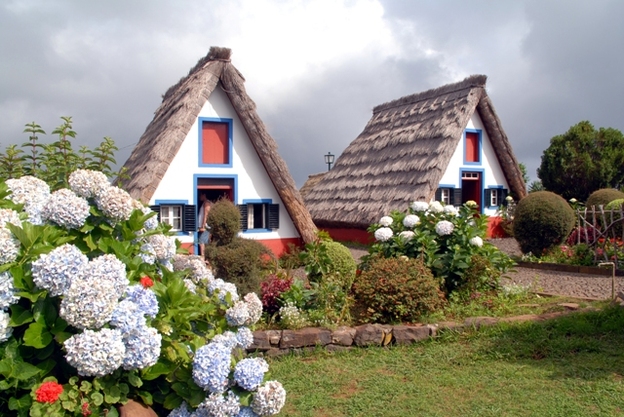
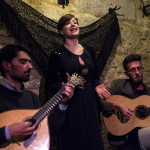
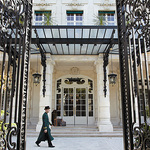
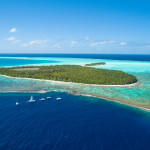


great article.